
ideaboard® Series: Product Development Story #6_Manufacturing |Collaborating with TOKIWA Manufacturing Co., Ltd.
In December 2019, NKC Nakanishi Metal Works Co., Ltd. (referred to as NKC in the following) launched their new whiteboard, “ideaboard®.” Unraveled by the project members themselves, this series records the story of how the ideaboard was brought to life, and into ours.
《Past articles》
ideaboard® Series: Product Development Story #1_ The Idea|On Persistently Nurturing a Seed Idea
ideaboard® Series: Product Development Story #2_Design Development |Prototyping and Updating the Hypothesis
ideaboard® Series: Product Development Story #3_Design Development|Collaborating with Design Agency, 'f/p design'
ideaboard® Series: Product Development Story #4_Intellectual Property Strategy|Envisioning the Revenue Model for Designers
ideaboard® Series: Product Development Story #5_Monitor Test |Verification of the Updated Hypothesis
The series continues where we left off with Riku Nagasaki, head of “KAIMEN” (the business design team reporting directly to the president at NKC). We ask him about the search for the perfect manufacturing company that could integrally form ideaboard’s simplicity, which consequently led to their encounter with TOKIWA manufacturing Co., Ltd.
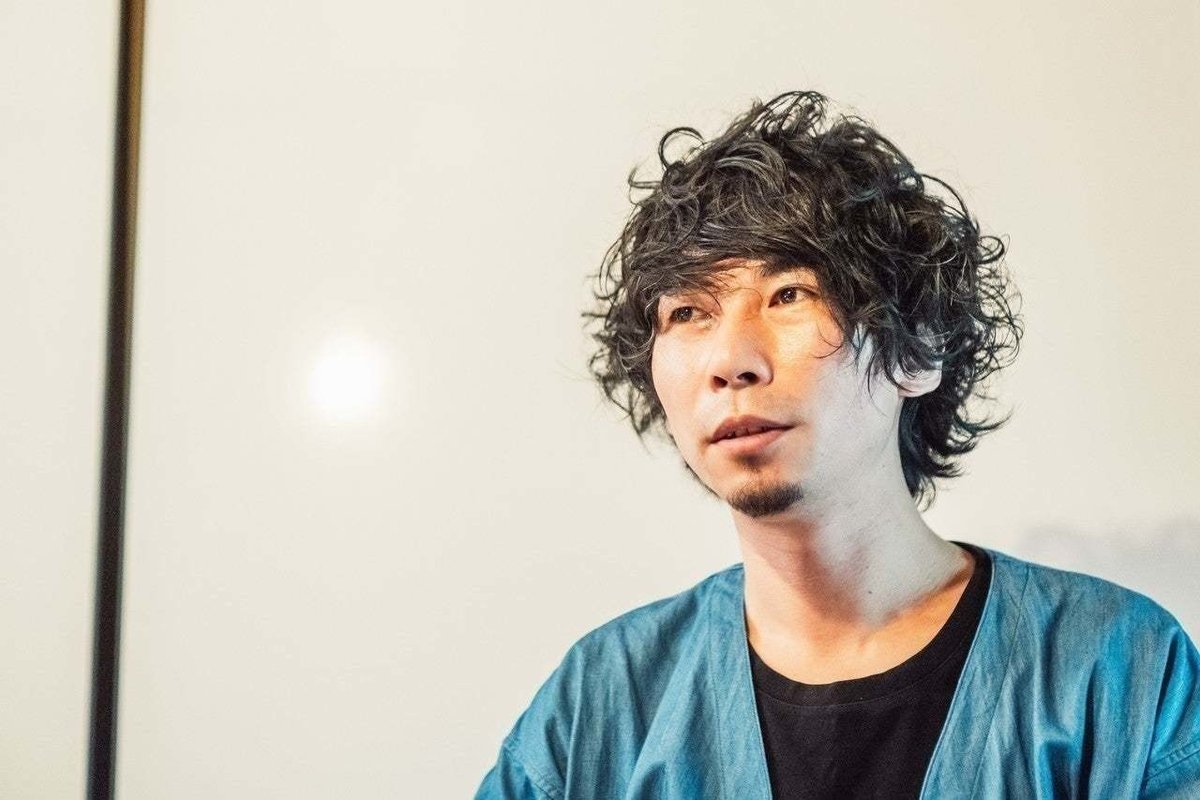
Riku Nagasaki
head of KAIMEN
NKC BUSINESS DESIGN CENTER
1. Ideaboard’s largest issue: the realization of integral molding
—Could you first tell us about how you entered the adjustment of the manufacturing process?
We had no idea where to ask in regard to manufacturing, so we were grateful to have had f/p design tremendously help us out. They reached out to their contacts built on their own relationships, as well as completely new ones, where they landed on TOKIWA Manufacturing Co., Ltd. Although without any kind of previous relationship, they proposed we visit them—something close to a walk-in. There might have been a few venues we contacted via email, but TOKIWA Manufacturing was the only one we actually met in person.
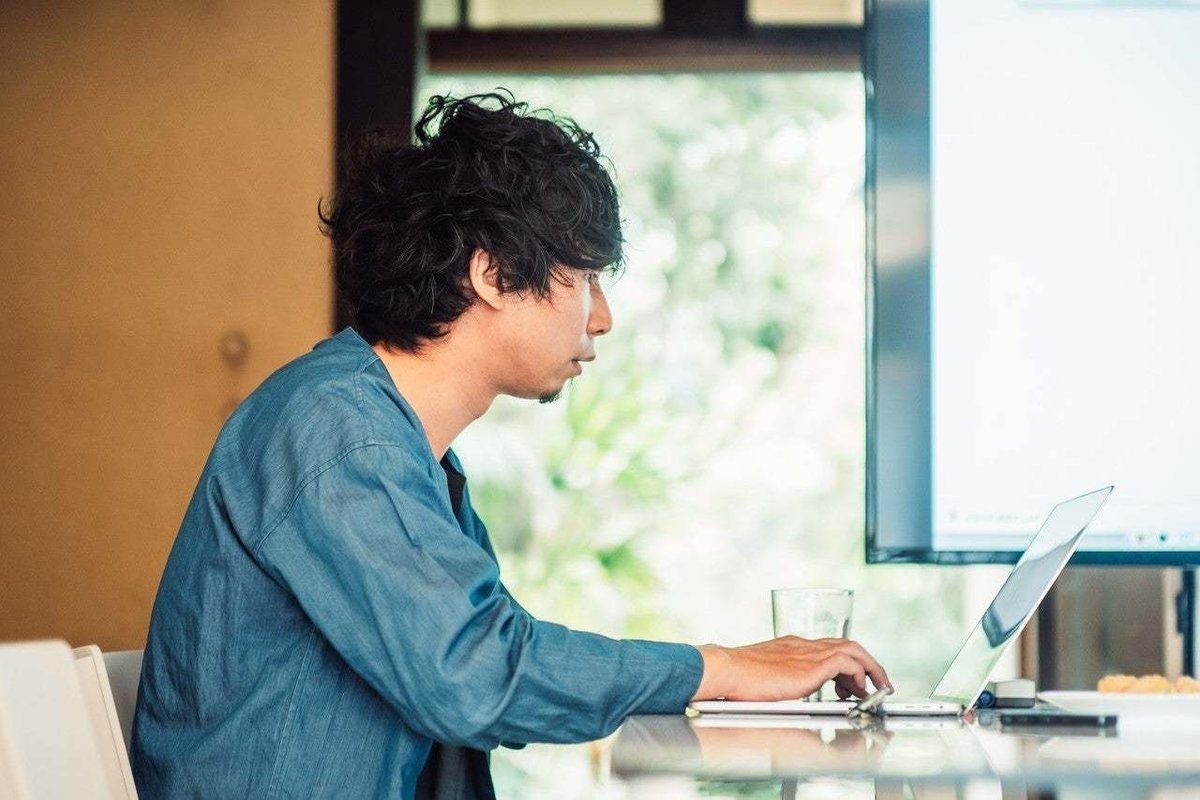
—What kind of aspects were you particularly looking for in a collaborator?
During the process of manufacturing the prototype, there was a discussion between f/p design and our team on how we could realize this integral molding. To begin with, no one knew if it was possible to realize something this big through integral molding. For manufacturing something palm-sized through resin molding, the mold doesn’t need to be that big. However, even so, the investment costs for the mold would be millions of yen, perhaps even up to 10 million. If we were to apply that to the 909mm×1,818mm ideaboard, we were certain the cost would end up being an order of magnitude higher. It seemed too risky for realizing something that hadn’t existed in the world yet, and the enormous cost just wasn’t realistic to acquire through crowdfunding. We felt the urgency to tackle this problem foremost.
—You felt that it was TOKIWA Manufacturing that could do this?
F/p design was generous enough to consider these issues as well. One of TOKIWA Manufacturing’s strengths is an integral molding using resin molds. They manufacture goods that can be safely used by an unspecified large number of people in places such as theme parks, nursing homes, and kindergartens. For example, a table that has urethane banks around the rim. Imagine it being used at a nursing home. Even if one were to spill a hot bowl of miso soup on the table, the banks would prevent it from spilling on their knees. The banks are round and have no corners that could possibly hurt someone when they touch them. It would be unlikely that someone would hurt their knees when they sat around the table as well.
What’s impressive about TOKIWA Manufacturing is that they will mold the urethane banks with the material of the table altogether. They do not glue the separate parts on—the reason why the product has high durability and is easy to clean and maintain. TOKIWA Manufacturing is a company that has unique skills in regard to these issues.
Thus we presumed they could realize integral molding using ideaboard’s urethane and soft materials as well, and contacted them.
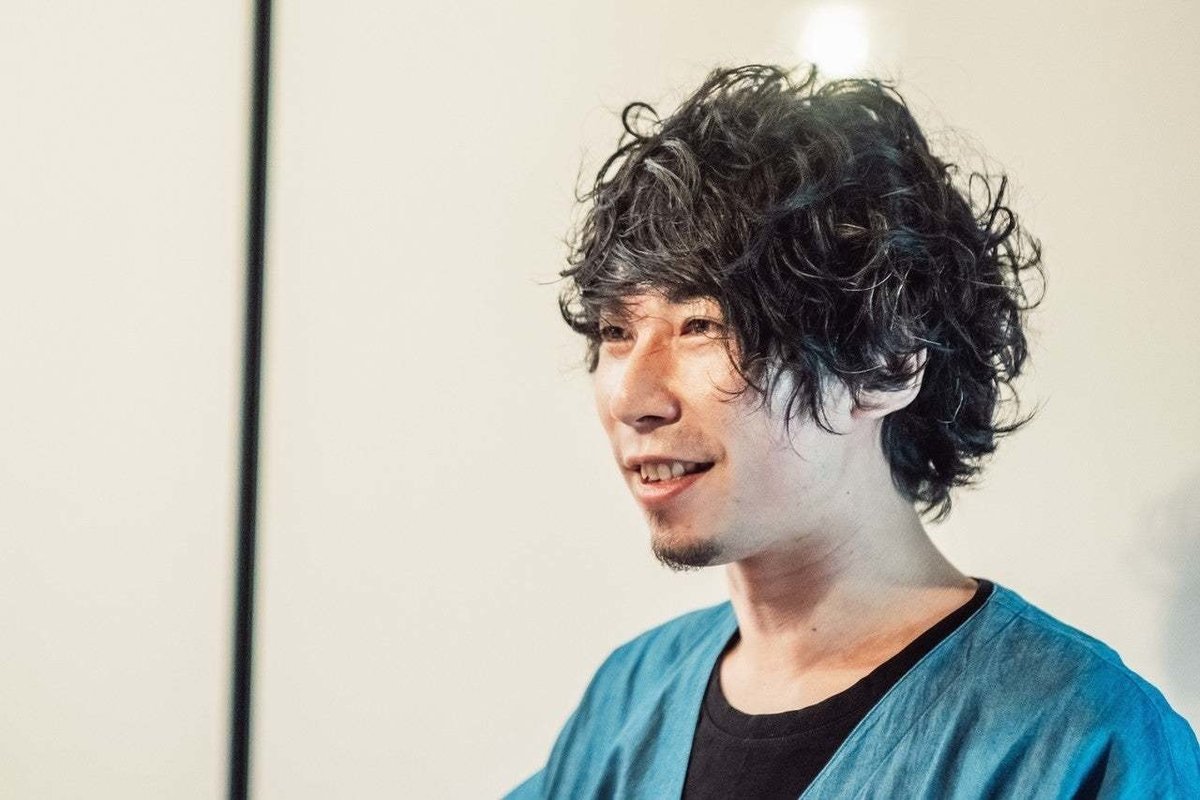
ーWhat kind of reaction did you receive on your first visit to TOKIWA Manufacturing?
We visited their factory in Asago City, Hyogo, with the members of f/p design and saw their actual site. We had signed an NDA contract prior to giving the information, but to be honest, it did seem a bit challenging at first. The urethane’s thickness was far thinner than ordinary, and the size of the board was big.
TOKIWA Manufacturing proposed how we could make it happen by thickening some places here and there, but we couldn’t let go of our intentions, and we might have appeared to them as designers once again being particularly selective. However, many of them including the representative and engineers were very sympathetic in hearing us out, and we were very grateful for that.
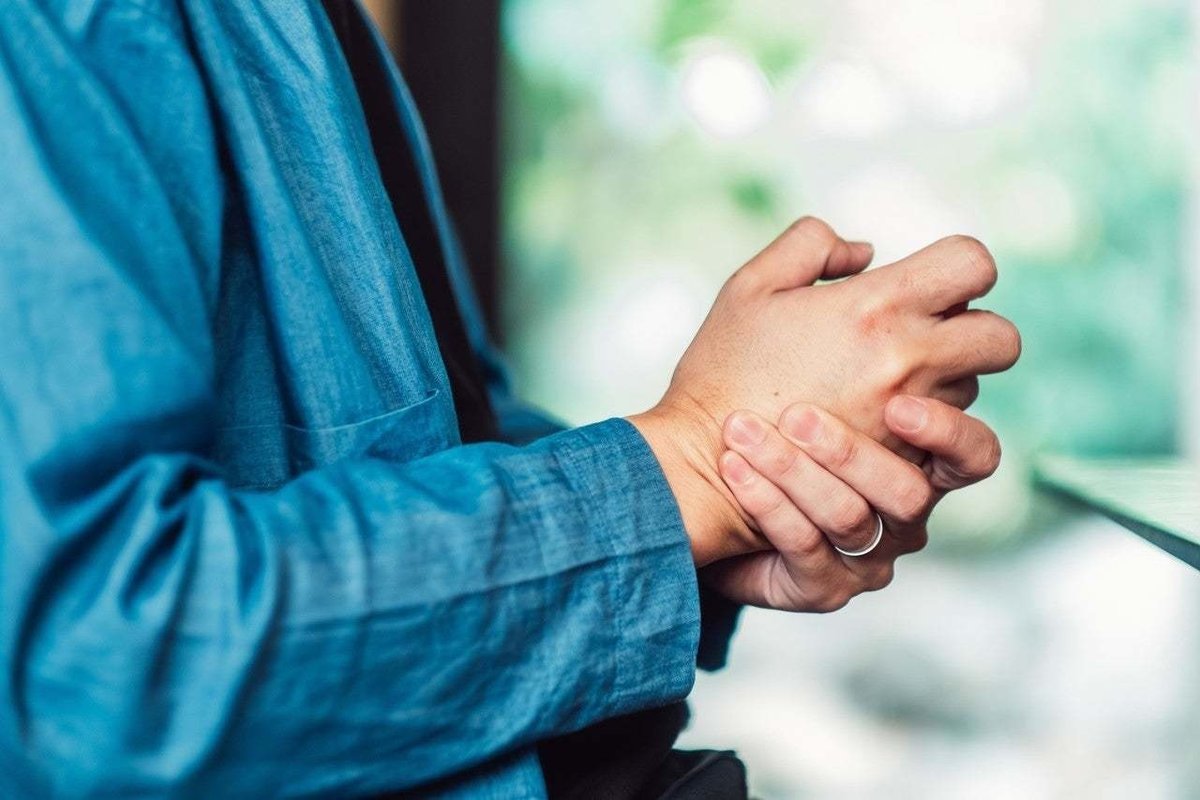
2. Realizing the shared orientation between designers and engineers
ーAfter connecting with TOKIWA Manufacturing, how did you move on with realizing the manufacturing process?
In total, TOKIWA Manufacturing worked alongside us for half a year. We met up in person once a month and looked into the prototypes and the possibility of combining the materials.
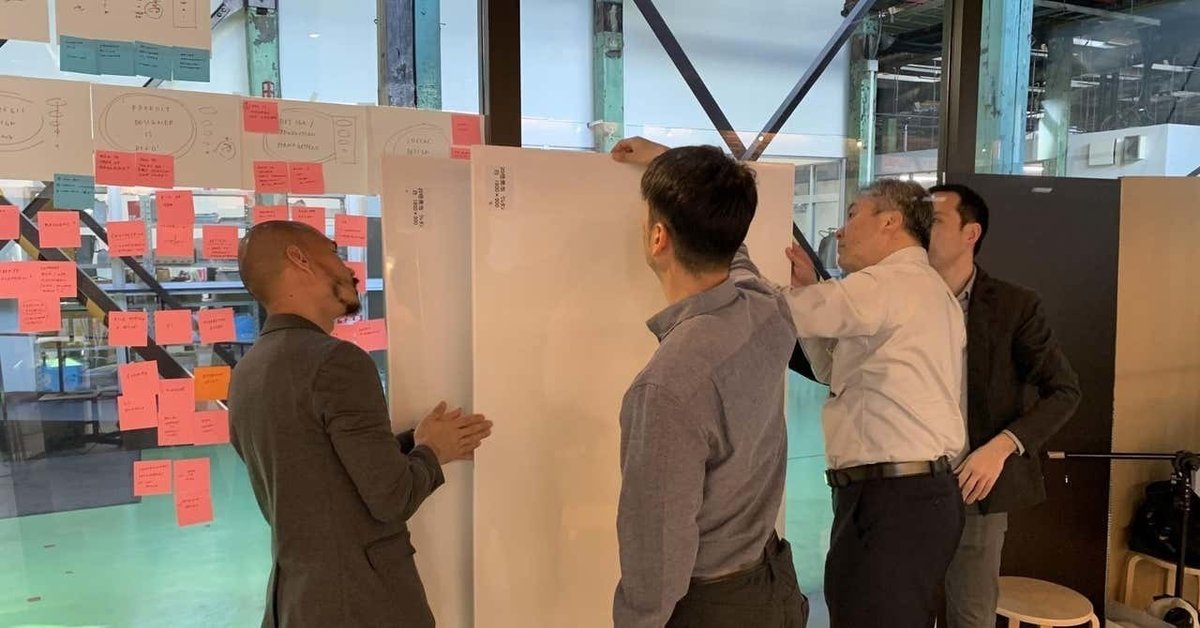
It was all about the molding at first. We especially collaborated on how to combine the inner core material and surface material. The process of choosing the combinations continued for several months.
ーWas the collaborative process of developing a product between a skillful manufacturing company like TOKIWA Manufacturing and outside designers rare?
It’s isn’t as rare nowadays, but I would say it isn’t that common. When we first visited TOKIWA Manufacturing, we caught a glimpse of the many prototypes of past products sitting in the corner of the office. Things they testing out as samples, or things they made that turned out to be very interesting thus worth cutting a piece out and holding on to. In the end, we had them show them to us and explain.
All in all, although it wasn't “design” —the process of following through to define shapes and ideas— the manner of repeating trials and errors to arrive at the best was much more than of an ordinary designer’s. The moment they showed us the prototypes, both f/p design and we had the impression that it was going to work.
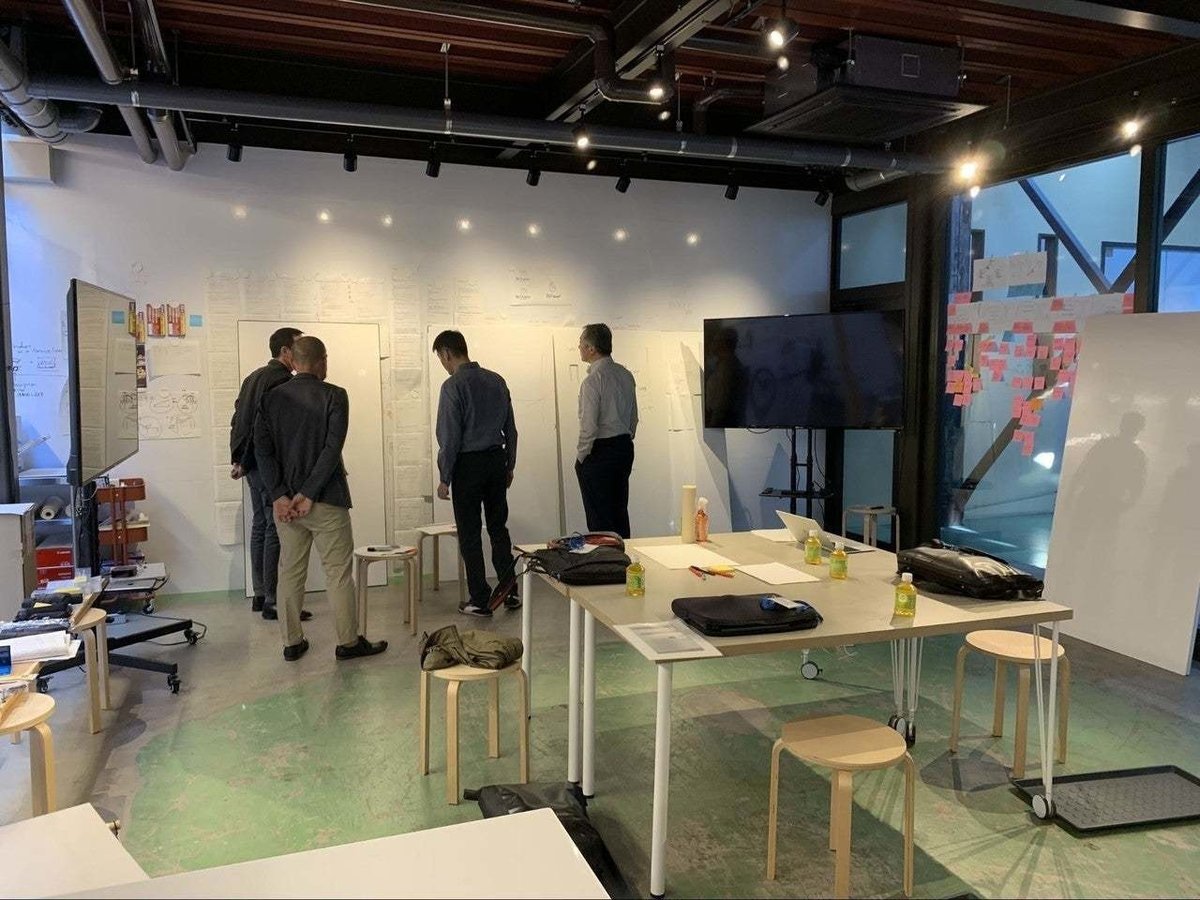
ーIt’s great when you sense you can collaborate with someone who has the same attitude and way of thinking.
Exactly. They were willing to think hard on how to realize an idea that was rather reckless from the same standpoint as us. Being professionals, they were most definitely capable of logically stating the reasons why they wouldn’t be able to do things, but instead, we were able to have conversations on how we could go on to the next step, and that was great.
In addition, the fact that we had members from f/p design that came from an engineering background was extremely helpful. In terms of having a basis of discussion, we could avoid unnecessary endless disputes questioning why “it just won’t work,” thanks to already having knowledge on matters such as the degeneration and temperature of materials. It was definitely big that we were able to build a trusting relationship with TOKIWA Manufacturing by also having engineers on our side. We were grateful that there was an atmosphere where we could understand the technological hardships but could also push forward for reconsideration in pursuit of shaping our ideas.
Looking back now, our three-company meetings were harmonious, and in fact, quite laid back. We bounced off of each other’s ideas—conversations were considerate, relaxed, and surprisingly at ease.
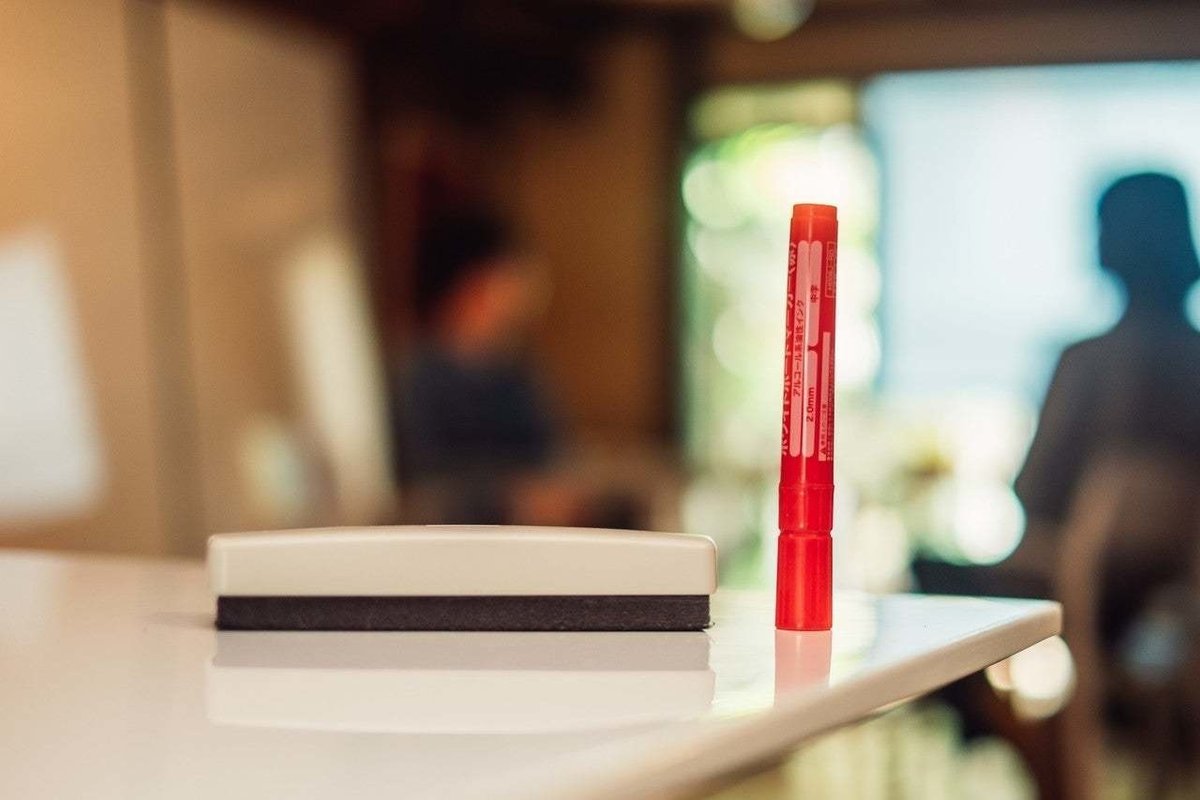
To be continued in “ideaboard Series: Product Development Story #7 ”
(Interview by Mone Nishihama, NINI Co., Ltd., translation by Kyoko Yukioka, NINI Co., Ltd., and photos by Yukiya Sonoda)
▼Click below to see the original Japanese version / 原文はこちら
